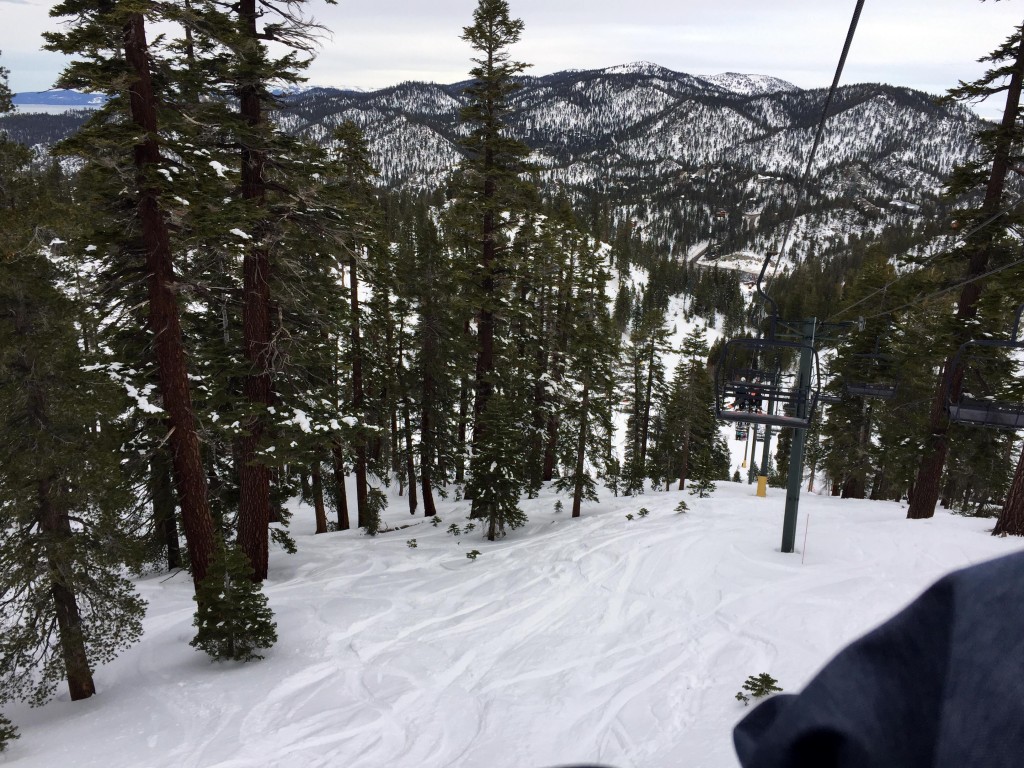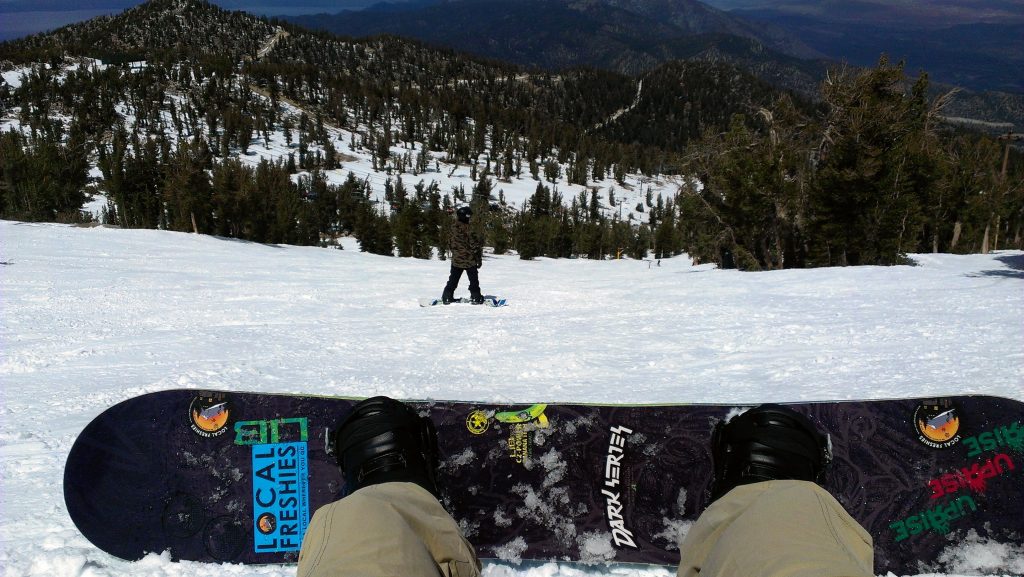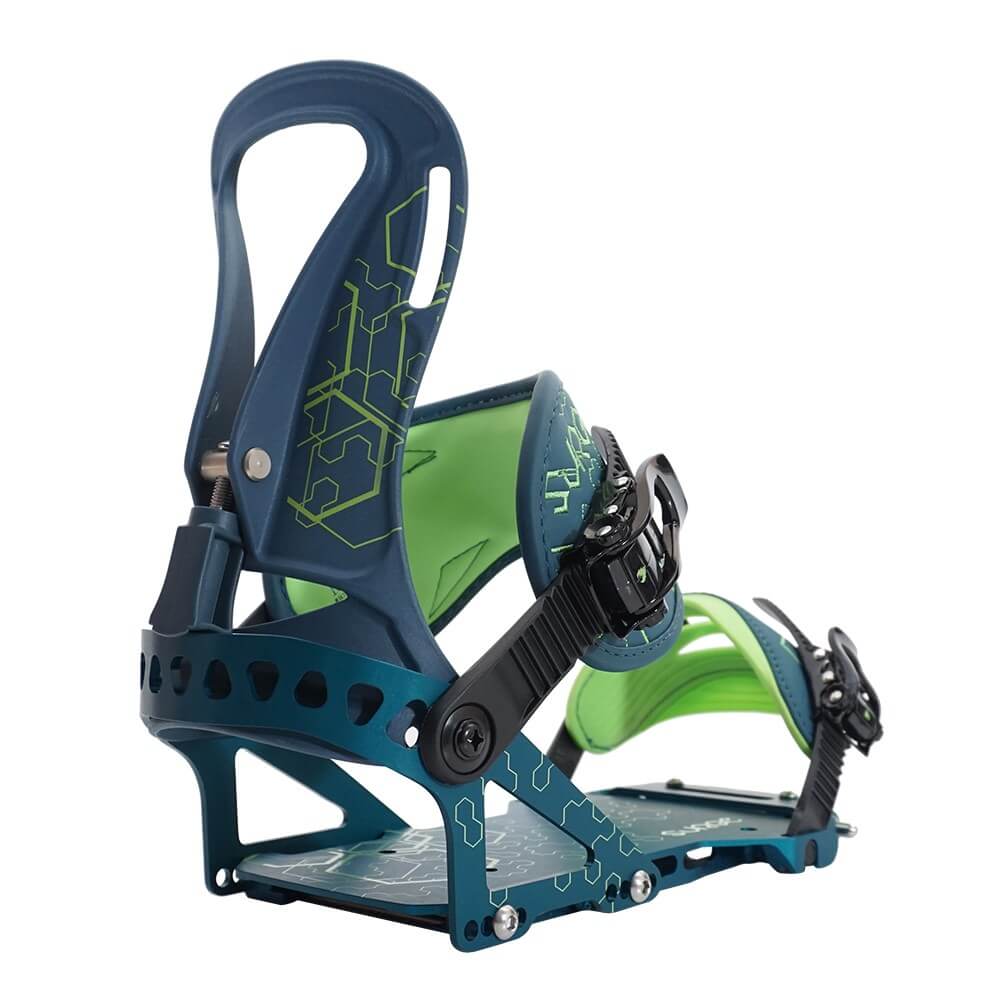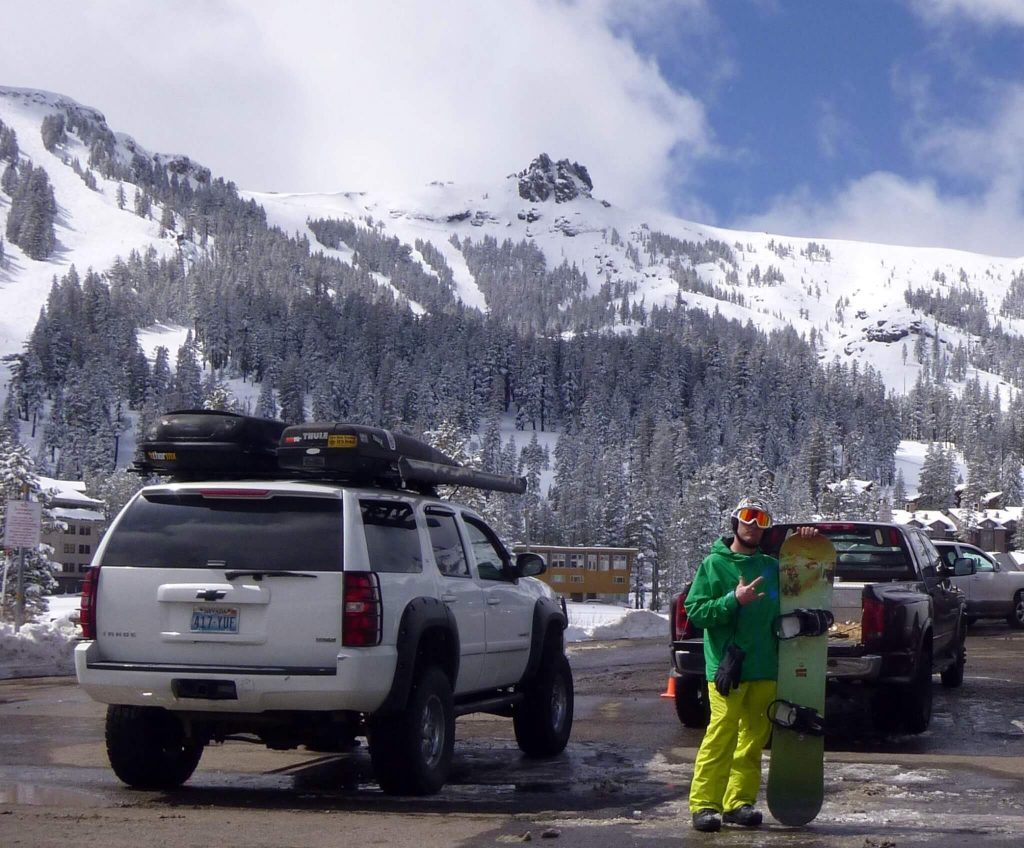Early October, a chill in the air and with 20+ inches of snow forecast across the Rockies in places like Utah, Wyoming, and Colorado, it’s only a matter of time before your alarm clock is blaring and it’s time to head to the hill for that first day on the slopes. We’ve talked about prepping for the backcountry by signing up for an avalanche workshop refresher and given tips on how to get your body ready for the upcoming winter — so now it’s time to focus on readying your gear for the powder coming to a mountain near you. It’s cool to use your gear as long as possible, but having it break in the first few days of the season can really ruin your enthusiasm or even worse injure you. This is a perfect time to check and make sure everything is in tip-top-shape for the upcoming winter.

Snowboard/Skis
Snowboards & skis can last a LOOONNGG time if you keep up with maintenance. Most damage can be fixed if caught early enough so you really can use your gear for multiple seasons. Unfortunately, I learned this the hard way years ago by slightly tweaking my board after missing a landing but thought nothing of it and kept on riding…and little by little, my board had delaminated by the end of the season.

So, here are a few things to look at:
- Check the topsheet of the skis/snowboard especially where the bindings are mounted — Are there any obvious cracks?
- Look at the side-walls — Do you see any separation that looks like the delamination of a piece of plywood?
- Lay the snowboard/skis flat on the ground. This is one of the easiest tell-tale signs that it’s time for a new deck. Regardless of the type of camber, there should be some kind of flex in the planks.
Base — Do you see any major gouges? Anything deeper than 1 mm should be filled in with P-Tex. This can be done by you or a professional at a ski/snowboard shop. If it’s so deep that you can see wood, that’s considered a ‘core’ shot and best to have a professional fix this one. Lastly, does the base look like dry skin meaning it has a whitish color to it? If so, then its time to give your deck a proper wax. For most of us we still have nearly two months until we strap ourselves in, but you can still do something now to give a little TLC — just put a layer of wax on the bottom(s) now and leave it there. On the day before you head out, scrape it off. Your snowboard/skis will appreciate it!
Bindings

The most used part of your gear is also usually the most underrated. Look to see if there are any cracks or bends in the binding. Are the straps still flexible or do they look brittle? Finally, check all the screws, nuts, and bolts. It is VERY likely that over the course of the summer and fall your mounting hardware has loosened from the temperature variances.
Boots
Snowboard Boots
There are two major things to consider when checking your boots. Over the years snowboard boots begin to lose their stiffness and can cause you to sprain or break an ankle. It’s ok if they become a bit more flexible but are they less like a boot and more like a slipper? Next, check the overall wear and tear on the boot. Are the lace holes stretched out? Is the tread no longer existent?
Ski Boots

For ski boots, they are made of plastic and that material can get less responsive and brittle over the years to the point that they could crack. Also, a worn sole could move in the binding and create friction meaning you have less control and could unintentionally release when they aren’t supposed to causing a higher likelihood of injury. Finally the liner itself will break down with use/age. This will leave your foot lose inside your boot making you work harder to ski. Many of the high end boots have replacement parts such as the heels and toes. You can even get a custom fit liner… but if the shells are worn out, you have no choice but to get a new pair of boots.
Outerwear
 So, what about your gloves, jacket and pants? How do you know if they need some sprucing up? First, an easy check is to pour a little water on the most used sections of them such as your ‘seat’ and knees. Does the water bead up and roll off the material? If not, then it’s time to ‘tech wash’ your gear. DO NOT wash your outerwear with normal laundry detergent often. This will cause your clothing to lose its waterproofing. Instead purchase a cleaner along with a wash-in waterproofing agent. Normally these two steps come in separate bottles and can be found at any serious local ski/snowboard shop or even a sporting goods store.
So, what about your gloves, jacket and pants? How do you know if they need some sprucing up? First, an easy check is to pour a little water on the most used sections of them such as your ‘seat’ and knees. Does the water bead up and roll off the material? If not, then it’s time to ‘tech wash’ your gear. DO NOT wash your outerwear with normal laundry detergent often. This will cause your clothing to lose its waterproofing. Instead purchase a cleaner along with a wash-in waterproofing agent. Normally these two steps come in separate bottles and can be found at any serious local ski/snowboard shop or even a sporting goods store.
Base Layer
The base layer is the part of your gear to make sure your body stays warm in the cold and wick away any sweat/moisture when your getting a workout! First, do a quick sniff test. Does it smell even though you washed it after the last day on the slopes? If it does, then there’s a good chance its past its expiry date. Also, if the layer doesn’t fit any longer or isn’t comfortable anymore, it might be time to replace them (unless you like wearing uncomfortable clothes.) Finally, are they over 5 years old? If so, it might be good to at least check out all the new technology that’s available. It may not be as sexy as your outerwear but it has a big job to do.
Goggles

During a storm day, the worst thing to have happen is not being able to see. It’s good to make sure the google lenses don’t have any major scratches. Also, is the anti-fog still on the inside of the lens or is it ‘smudged’ up? Did you have a yard sale one day up on the mountain and wiped the inside of your goggles with your clothes? There’s a very good chance you might have removed the anti-fogging layer. Second, are there any pieces of foam missing from the google? It may not look like a big deal but having cold air rush through that gaping hole where foam should be will likely give you an ice cream headache and let in snowflakes.
We are stoked on the upcoming season and hope you are too! A little prep work can go a long way in helping to make your season ‘gear malfunction-free’.








